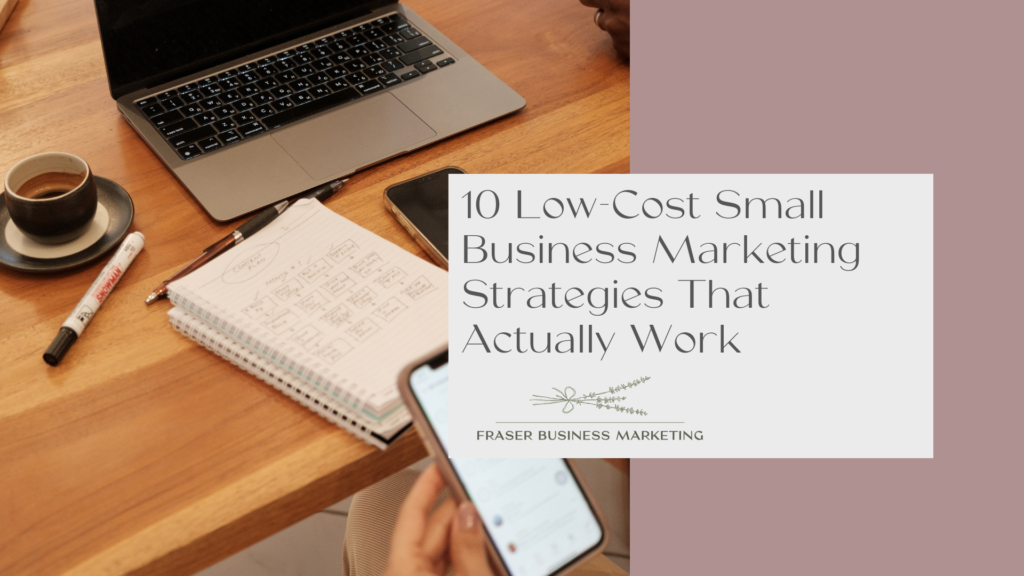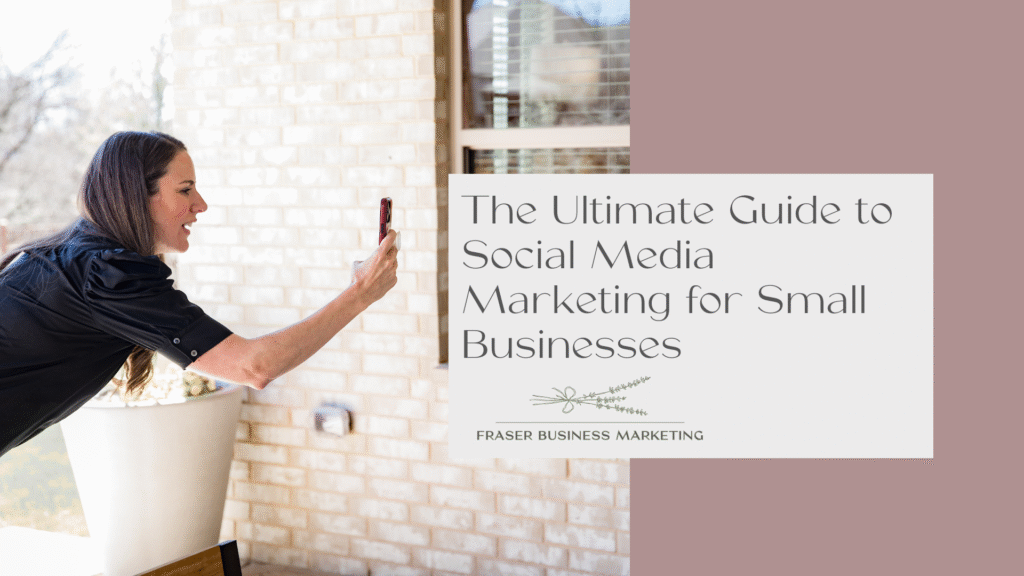Running a small business means wearing a lot of hats—and marketing is one of the most important. But without a solid plan in place, your marketing efforts can feel scattered and ineffective. The good news? A clear, well-structured marketing plan doesn’t just help you stay focused—it helps you drive real sales.
Running a small business means wearing a lot of hats—and marketing is one of the most important. But without a solid plan in place, your marketing efforts can feel scattered and ineffective. The good news? A clear, well-structured marketing plan doesn’t just help you stay focused—it helps you drive real sales.
1. Know Your Target Audience
Before you spend a dollar on marketing, you need to know who you’re talking to. Ask yourself:
Who is your ideal customer?
What problems are they trying to solve?
Where do they hang out (online and offline)?
What influences their buying decisions?
The more detailed your audience profile is, the better you can tailor your messaging, offers, and platforms to match.
Pro Tip: Use surveys, social media polls, and feedback from current customers to gather real data—not just guesses.
2. Set Clear, Measurable Goals
Marketing without goals is like driving without a destination. Start with clear, realistic objectives. Some common small business marketing goals include:
Increasing website traffic
Generating leads or inquiries
Boosting online sales
Growing social media engagement
Building an email list
Whatever your goals are, make sure they’re SMART: Specific, Measurable, Achievable, Relevant, and Time-bound.
3. Choose the Right Marketing Channels
Your marketing plan should focus on the channels where your audience spends the most time. Here are a few to consider:
Social Media: Great for visibility and engagement.
Email Marketing: Perfect for nurturing leads and encouraging repeat business.
SEO & Blogging: Helps attract organic traffic and build trust.
Paid Ads (Google, Meta, etc.): Fast way to reach new audiences.
Local Marketing: Ideal for brick-and-mortar businesses or service providers.
You don’t need to be everywhere—just where it counts.

4. Craft a Simple Content Strategy
Once you’ve picked your platforms, plan out your content. What value can you provide that builds trust and nudges people toward a sale?
Here are a few types of content to consider:
Educational blog posts
How-to videos
Customer testimonials
Product/service spotlights
Behind-the-scenes stories
Limited-time offers or promotions
Use a simple content calendar to stay organized and consistent.
5. Track What’s Working (and What’s Not)
Marketing is part creativity, part analytics. Use tools like Google Analytics, social media insights, or your email marketing platform to track:
Website traffic
Click-through rates
Conversion rates
Cost-per-lead or sale
Return on investment (ROI)
Make time each month to review your performance, learn what’s working, and adjust your strategy accordingly.
6. Don’t Forget About Branding
Even the best marketing tactics won’t land if your branding is off. Make sure your:
Visual identity (logo, colors, fonts)
Tone of voice
Website and social media profiles
…all tell a cohesive story that connects with your ideal customer. A strong brand builds trust—and trust leads to sales.

Creating a marketing plan isn’t just about throwing ads out there and hoping for the best. It’s about making smart decisions that bring in results.
Keep it simple. Stay focused on your audience. Track your results. And remember—consistency always beats perfection.
Need help building your small business marketing plan? That’s what we’re here for. Reach out to our team and let’s create something that drives real growth.



